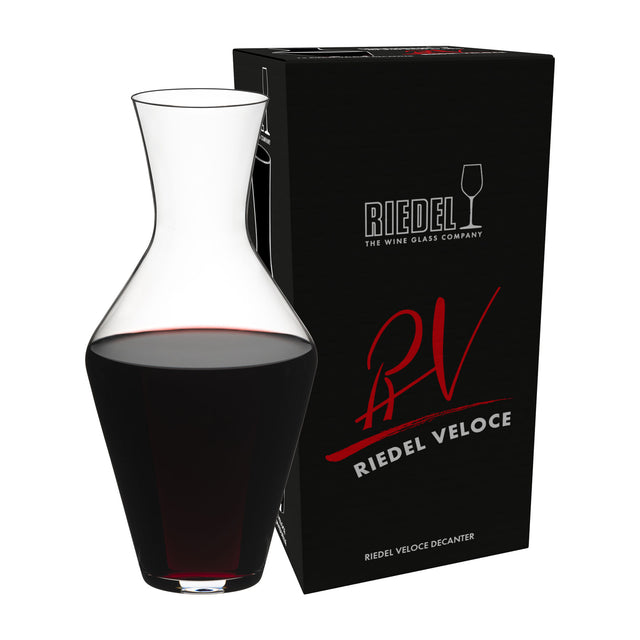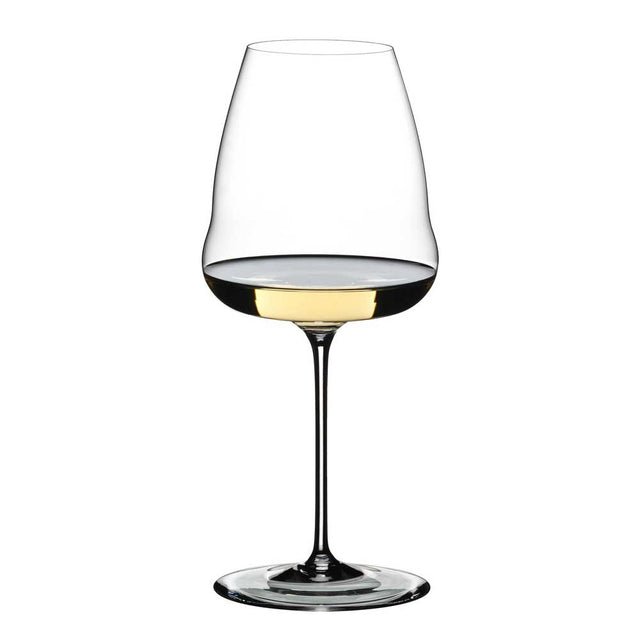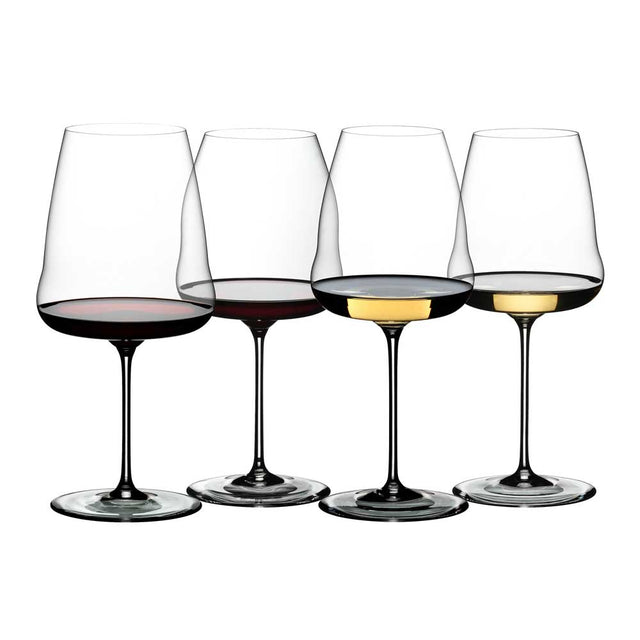Riedel
110 products
Riedel
Riedel Vinum Cabernet Sauvignon / Merlot (Bordeaux) Glasses Pay 6 Get 8
£220.00
£165.00
In Stock
Riedel
Riedel O Wine Tumbler Cabernet / Merlot & Viognier / Chardonnay Glasses (Set of 8)
£120.00
£96.00
In Stock
Riedel
Riedel Grape@RIEDEL White Wine/Champagne Glass/Rose/Spritz Glasses (Pair)
£30.00
£23.90
Showing 32 of 110



















































